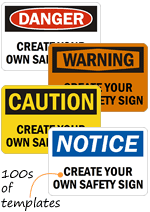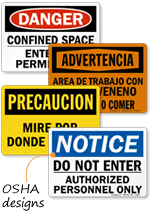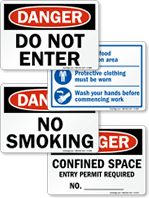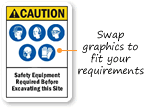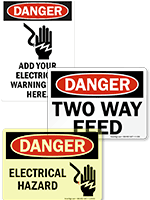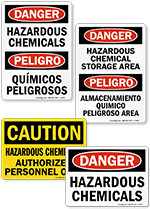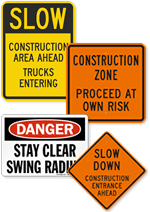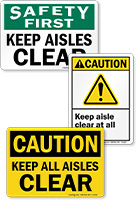Hazard resources for MySafetySign customers.
Resources

Forklift Safety Inspection: Quick Guide
We’ve already given you a brief on how to conduct a pre-start forklift inspection. Now here’s your complete A to Z guide on Forklift Safety Inspection. Among the many forklift inspection requirements, one key requirement is that only operators who have been trained and evaluated in accordance with OSHA standards should inspect forklifts. Forklift inspection can be […]

Using Eye Protection in Healthcare Settings
The first patent for eye protection which was a sanitary face shield was granted to Ellen Dempsy of Albany, New York, in 1903. It was primarily invented for “automobilists” but it was also intended to protect people from breathing in airborne germs. Today the need for PPE is even more pronounced as healthcare providers are […]

How to inspect scaffolding safety
Scaffolds can collapse due to instability or overloading. Always inspect scaffoldings to make sure hazards do not result in tragedies. When Should You Inspect Scaffolding? As per OSHA regulations, 29 CFR 1926.451, scaffolding should be inspected: after installation / before first use at least every week every time after adverse weather conditions like high wind […]

Minimum Clearance Around Electrical Panels (Carrying 600 Volts or Less)
Insufficient clearance around electrical panels is one of the many electrical hazards that can endanger worker safety. Obstructed access to panelboards can prevent personnel from shutting down the source of power in the event of an accident. Blocking electrical panels is a violation of regulations set by the federal Occupational Safety and Health Administration (OSHA) […]

Different types of heat stress
Heat stress is common among workers like firefighters, factory workers, miners, bakers, and farmers, who are exposed to high temperatures, whether indoors or outdoors. Heat stress at workplace is the combined result of body heat generated through physical exertion, environmental factors, and the clothes you wear. Heat stress takes various forms in heat-related illnesses like heat […]
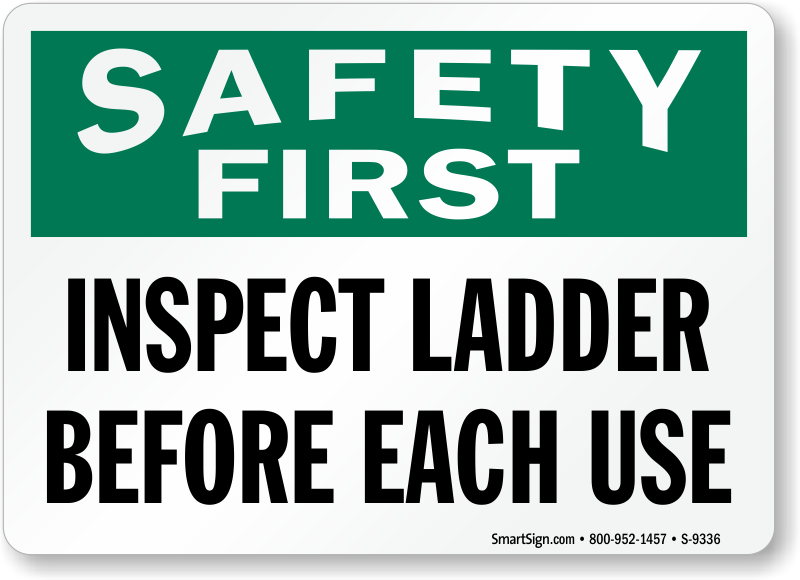
Guide to Inspect Ladders and Work Safely on Them
Falls remain the leading cause of unintentional death nationwide. Falls from ladders make up 20 percent of all fall injuries and fatalities in general industry. In the construction industry, this number is even higher, at 80 percent. Falls from ladders are attributed to one or more of the following: Poor condition of the ladder Incorrectly […]
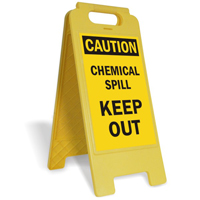
How to Clean Up Chemical Spills in the Lab
Whether large or small, spills require caution and skill to contain them safely. Here’s a quick general response guide on how to clean up chemical spills in the lab. If the spill can result in vapors or airborne dust, shut doors and windows to the lab and increase ventilation through fume hoods. If your facility’s […]

Crane Inspection Checklist
Before conducting a successful crane safety inspection, it’s important to understand the kind of inspection you need to perform. Crane inspections are of two types—frequent and periodic [20 CFR 1910.179(j).] [Note that OSHA Standard 1910 covers only general industry. For cranes used in construction and shipyards, see 29 CFR parts 1926 and 1915, respectively.] Frequent […]

Safety Checklist: Forklift Battery Charging Areas
Charging forklift batteries requires training and caution due to the batteries’ weight, the corrosive sulfuric acid contained within, the possibility of explosive hydrogen fumes, and the chance of electric shocks on unprotected exposure. The Occupational Safety and Health Administration (OSHA) standard, 29 CFR 1910.178(g), lays out the safety requirements for forklift battery charging areas. 1. […]
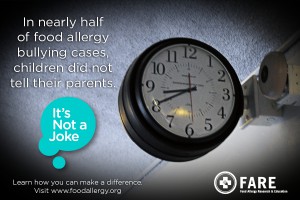
Understanding food allergy bullying
As summertime comes to a halt, preparation for the new school year commences. Along with stocking up on notebooks, binders, and calculators, communities and schools must consider how they’re going to approach the different bullying trends that occur while classes are in session. As varied as its forms may be, all bullying has common aspects: […]

Prevent Carbon Monoxide Poisoning
Carbon monoxide is a poisonous gas that has no smell, no color, and most commonly occurs as the byproduct of burning fuel, whether from a furnace, an auto engine, or a forklift. In high concentrations, carbon monoxide prevents red blood cells from transporting oxygen. Beware carbon monoxide leaks, because they cannot be seen, smelled or […]


